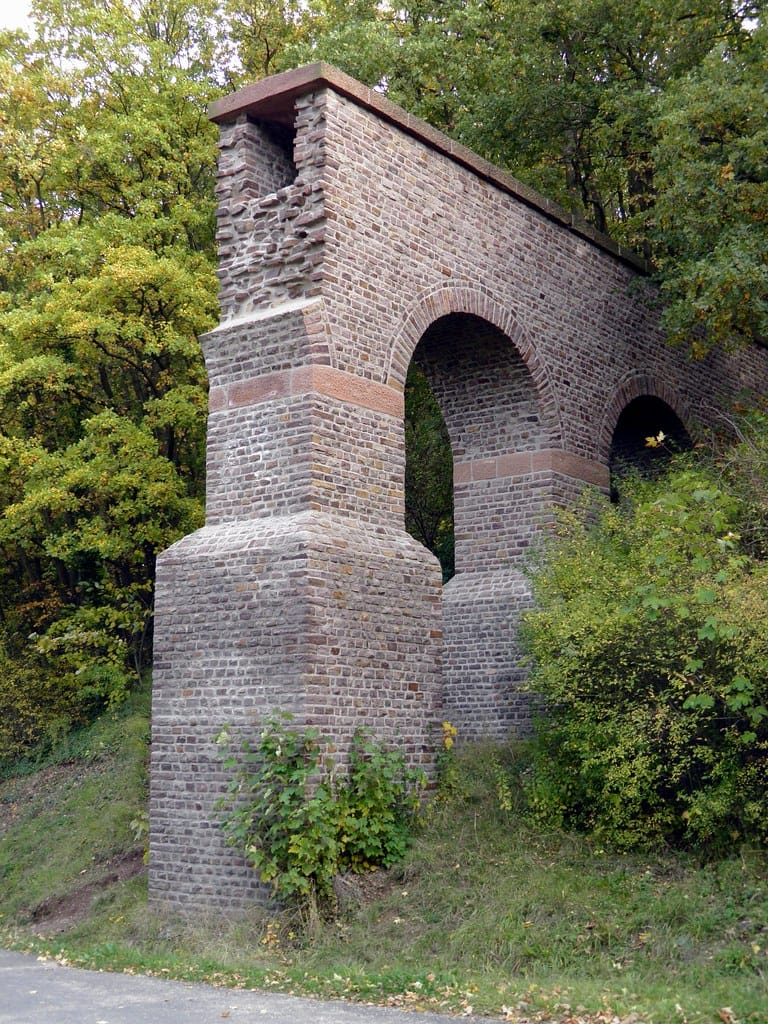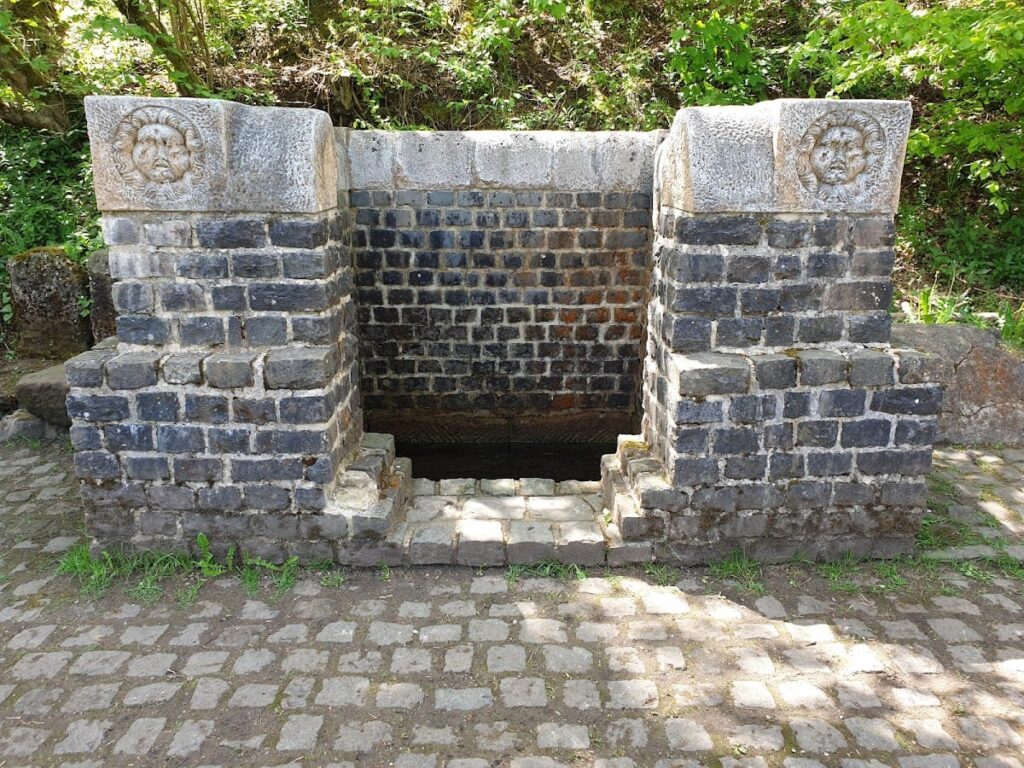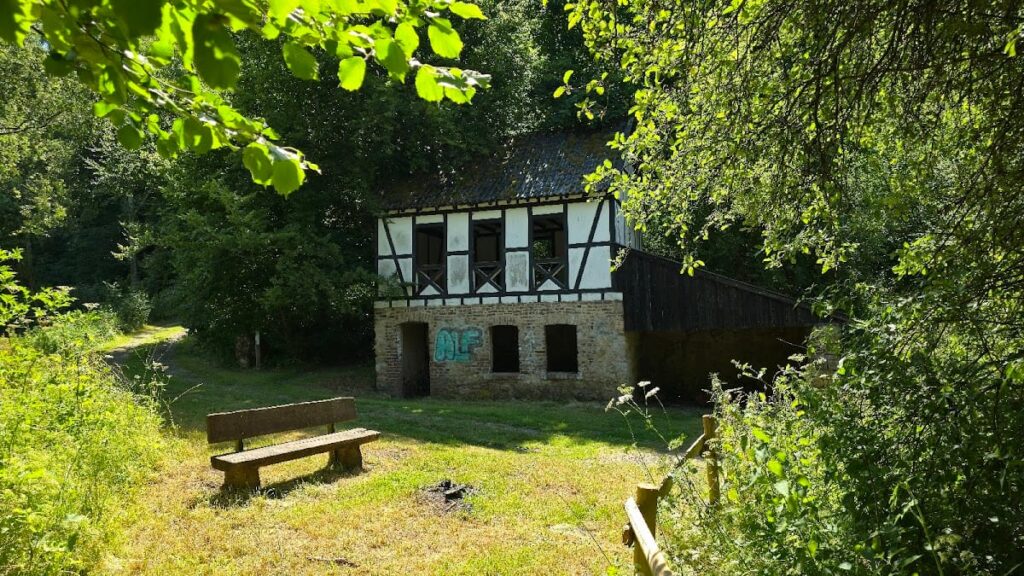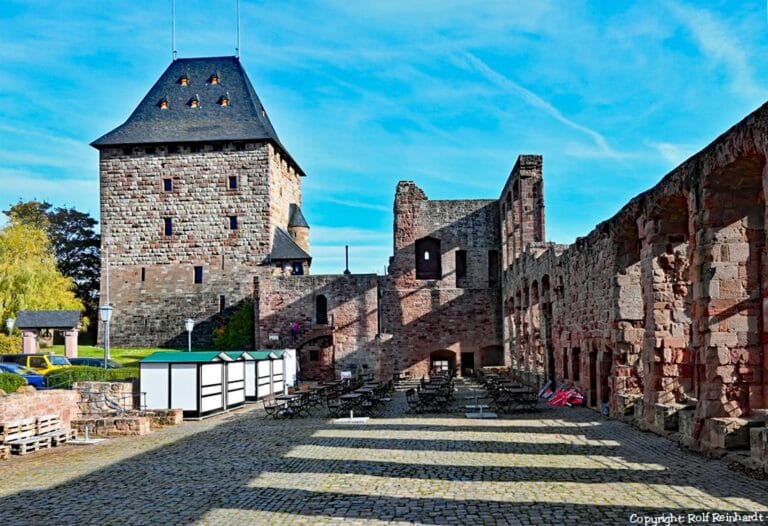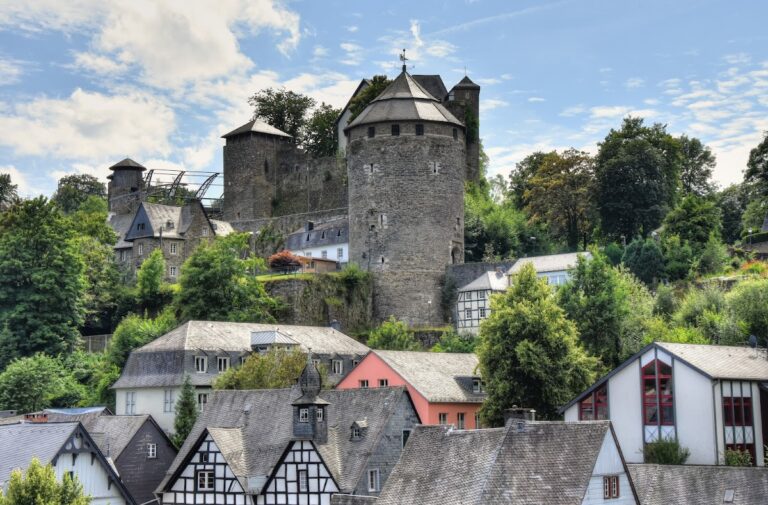Eifel Aqueduct: Roman Water Supply System for Ancient Cologne
Visitor Information
Google Rating: 4.3
Popularity: Very Low
Google Maps: View on Google Maps
Official Website: www.roemerkanal-wanderweg.de
Country: Germany
Civilization: Roman
Remains: Infrastructure
History
The Eifel Aqueduct was built by the Romans around 80 AD to supply the city of Colonia Claudia Ara Agrippinensium, now known as Cologne, with fresh drinking water. This aqueduct replaced an earlier system called the Vorgebirgsleitung, which had been in use since about 30 AD and drew water from the Ville region. As Cologne grew, the older supply became inadequate, prompting the construction of a longer and more reliable water conduit from springs in the Eifel region.
Although no direct inscriptions or writings confirm the builder, the aqueduct was likely constructed under the supervision of Sextus Iulius Frontinus. He was the Roman governor of the area at the time and later became the official in charge of Rome’s water supply. The aqueduct served the city for nearly two centuries, providing clean water essential for public baths, fountains, and private homes.
Around 260 AD, the aqueduct was destroyed during a Frankish attack on Cologne. After this event, it was never repaired or used again. Over time, the structure was forgotten and gradually dismantled. During the Carolingian period and later, its sinter deposits, calcite layers formed inside the channel, were quarried as a decorative stone known as “aqueduct marble.” This material was highly valued and used in medieval buildings throughout the Rhineland and even as far north as Scandinavia.
Interest in the aqueduct revived in the 19th century when archaeological investigations began. Between 1929 and 1970, researchers such as Waldemar Haberey and Klaus Grewe conducted extensive excavations and mapped the entire route. Their work produced the main reference materials on the aqueduct’s course and construction, preserving knowledge of this important Roman engineering achievement.
Remains
The Eifel Aqueduct extended roughly 95 kilometers in a straight line, with feeder channels increasing the total length to about 130 kilometers. It was mostly built underground, about one meter below the surface, to protect the water from freezing and keep it cool. The channel was carefully sloped to allow water to flow by gravity alone, without the need for tunnels or pressurized pipes.
Constructed from Roman concrete (opus caementicium) and natural stone, the aqueduct’s channel was lined inside with a waterproof red plaster made from lime and crushed bricks. This plaster hardened underwater, ensuring the water remained clean and the structure watertight. The outer walls were also plastered and included drainage systems to prevent groundwater from seeping in. Wooden molds were used during construction, as shown by wood grain patterns found in the concrete.
Several large masonry bridges carried the aqueduct over rivers and valleys. The most impressive was a 1,400-meter-long bridge over the Swist river, featuring nearly 300 arches each about 3.5 meters wide and up to 10 meters high. Today, only a low rubble strip remains of this structure. Other notable bridges included a 500-meter-long crossing over the Erft river and a partially reconstructed 80-meter-long bridge at Mechernich-Vussem. Numerous smaller single-arch bridges allowed the aqueduct to cross minor streams and dry valleys.
The aqueduct included inspection shafts and access points spaced regularly for maintenance. Settling basins were built to remove impurities from the water before it reached the city. Near Cologne, the aqueduct rose above ground on a 10-meter-high bridge to supply elevated parts of the city. From there, lead pipes distributed water to public fountains, baths, private homes, and latrines.
Inside the channel, thick deposits of calcite, up to 30 centimeters, formed a dense lining known as sinter. This natural layer helped reduce lead contamination from the pipes and was later quarried as a decorative stone called “aqueduct marble.” Several spring catchments were integrated along the route, including the Grüner Pütz near Nettersheim and the Klausbrunnen at Mechernich-Kallmuth, where a spring chamber has been reconstructed and protected.
The construction required extensive earthworks, with about 3 to 4 cubic meters of soil excavated per meter of channel. Masonry and concrete work totaled around 1.5 cubic meters per meter, sealed with 2.2 square meters of plaster. The aqueduct was divided into about 20 sections, each roughly 4.4 kilometers long, built simultaneously but surveyed independently to maintain precise elevation control. After completion, the entire structure was backfilled, and a maintenance path was created on top, which was protected from farming to preserve the aqueduct.
